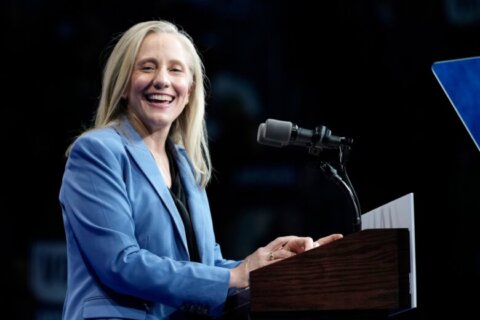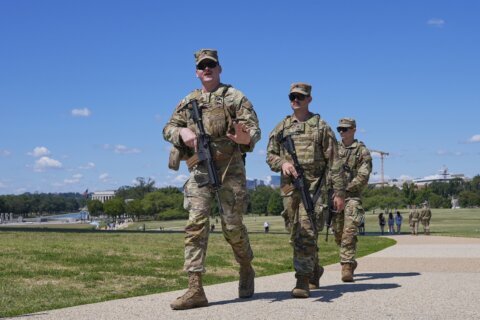This article was reprinted with permission from Virginia Mercury.
Virginia’s school bus driver vacancy rate has decreased by five percent over the past three school years, according to the Virginia Department of Education.
After the legislature amended its reporting requirements, the agency started collecting bus driver vacancy data two years ago. Factors like pay and recruitment challenges, and drivers leaving for the private sector, led to the shortage of drivers.
In addition, schools were closed to in-person leaving some drivers to find other ways to meet the increased cost of services and goods due to inflation that burdened families in Virginia.
During the 2021-22 school year, Virginia recorded a vacancy rate of full- and part-time drivers at 16% in 2021-22. The rate decreased to 11% in 2022-23 and last year to 10%. Data on the upcoming school year ‘s driver vacancy rates will not be available until the fall.
“It’s good news,” said Scott Brabrand, the executive director of the Virginia Association of School Superintendents.
He said superintendents around the commonwealth have been working to address the shortage by offering bonuses and increasing bus driver salaries.
Schools in Virginia found other unique ways of transporting students amid the bus driver shortage, such as altering routes, placing more students on buses, and using car and van services. Some communities created programs to promote walking to school.
The state legislature has also attempted to address the shortage in recent years.
Last year, the General Assembly agreed to legislation carried by Del. Carrie Coyner, R-Chesterfield, and Sen. Louise Lucas, D-Portsmouth, to shorten the time period during which retired drivers with at least 25 years of service could return to work without jeopardizing their pension benefits.
In another measure, Sen. Todd Pillion, R-Abington, and Del. Israel O’Quinn, R-Washington, raised awareness of the retirement benefits for teachers who drive buses. Following the session earlier this year, the Virginia Retirement System clarified that qualifying teachers who drive buses would receive compensation when they retire.
According to the agency’s employer manual, VRS-participating school divisions may combine the job duties of two positions under one contract as long as one of the positions is a covered position.
“It is a huge benefit to teachers,” Washington County Public Schools Superintendent Keith Perrigan said.
Experts have said that transportation is one key to keeping children in school, limiting a high number of absences, and addressing the learning loss exacerbated during the pandemic.
Perrigan, who serves on the state’s task force to address absences, said a few school divisions he represents in the Coalition of Small and Rural Schools of Virginia will start the school year fully staffed with drivers, unlike previous years.
“Much of rural Virginia, especially Southwest Virginia, is seeing progress in this area. Although we still have some work to do, we are breathing a little easier with the bus driver shortage,” Perrigan said.
According to Perrigan, seven teachers in Washington County will split their time teaching and driving students, and more than 20 will do the same in Buchanan County.
Last year, Rappahannock County faced a shortage of drivers. However, according to Shannon Grimsley, superintendent of Rappahannock schools, the school division is fully staffed with drivers and has substitute drivers available.
This comes after Grimsley became a part-time school bus driver to alleviate transportation barriers for students and encourage others to become drivers. The division’s focus now is covering the costs of replacing aging buses, another transportation challenge some districts face.
“We are creatively working with the county government on our bus replacement schedule to ensure our fleet is in proper order and meeting all guidelines for optimum operability,” Grimsley said.
Grimsely said the costs of buses have significantly increased and the impact on rural school districts with limited state funding can be a challenge. She said the costs of buses in her district have increased by more than 63% over the past five years.







